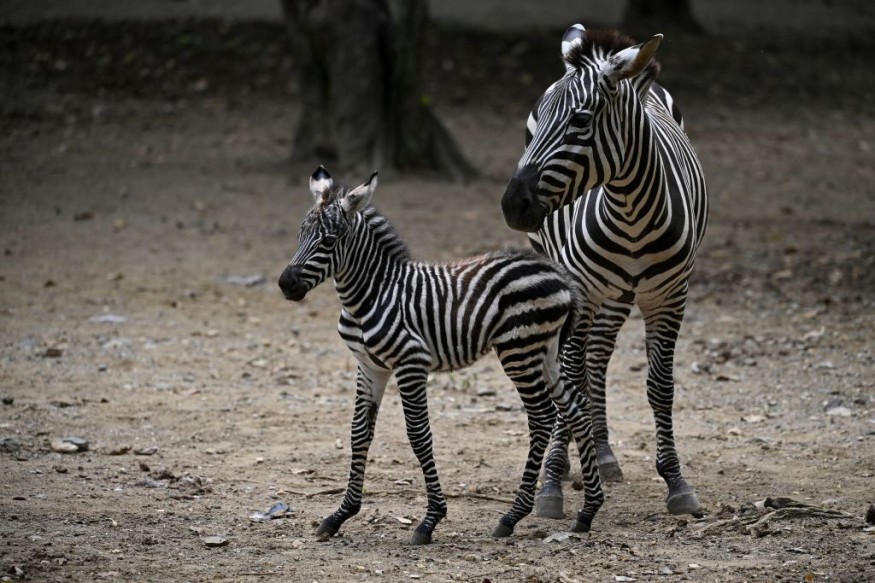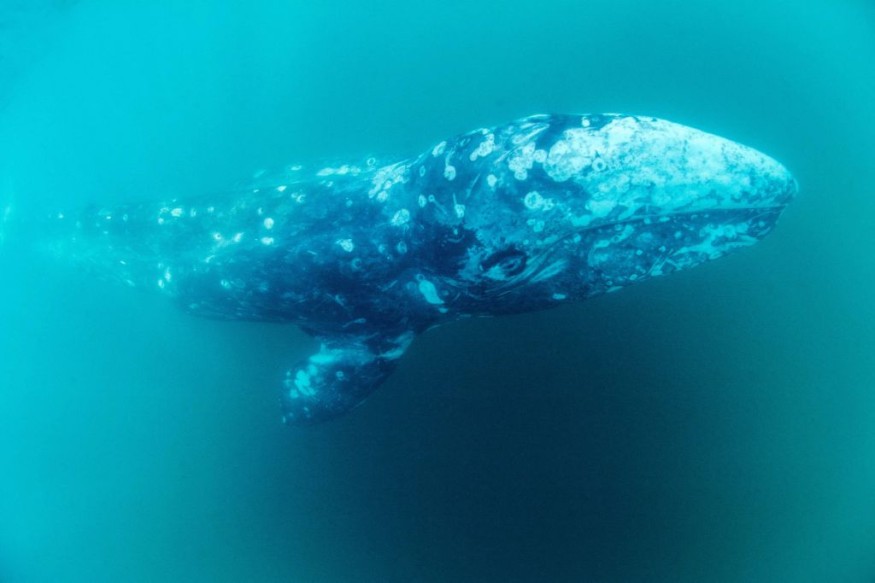Vacation photos that tourists take of whales and zebras and posted on social media are helping scientists for conservation purposes.
Without knowing, these photos allow researchers to track, monitor, and collect information for conservation purposes of endangered species.
The photos are not only confined to whales and zebras as scientists have already gathered millions of photos of other animal species, including sharks, dolphins, turtles, giraffes, and African carnivores.
The photos allow the researchers to determine the movement and population trends of these animals.
By using artificial intelligence (AI), scientists are able to extract and analyze data from wildlife images in the so-called new field of imageomics.
For the first time, scientists are more capable of protecting both threatened and endangered species by preventing their extinction.
The New Field of Imageomics

Researchers from the Ohio State University have developed an AI algorithm that tracks public social media posts about animals.
They revealed this groundbreaking development during the annual meeting of the American Association for the Advancement of Science on Feb. 20, according to Phys.org.
During the meeting, Tanya Berger-Wolf held a presentation to discuss the founding of the so-called new field of imageomics; characterized as the human advancement in using AI to analyze wildlife images, as per Ohio State News.
Berger-Wolf is the director of the Translational Data Analytics Institute at the Ohio State University.
Furthermore, she is a professor of electrical engineering, computer engineering, and computer science. Berger-Wolf also teaches evolution, ecology, and organismal biology at the university.
Also read : 5 Critically Endangered Animals in The World
Social Media Photos and AI Algorithm

Tourists may not know that the photos they post on social media are evidently beneficial for the Ohio State University researchers as these images serve as a source of data for the AI through the development of the said algorithm.
The AI is able to collect data by directly extracting the biological information of animals from these photos.
In addition to public social media photos posted by tourists, the researchers have also used camera traps and drones to capture a glimpse of these animals.
Imageomics has so far helped researchers to easily create a database consisting of millions of photos of both threatened and endangered animals with the primary objective of protecting them and combating extinction.
Tracking and Conservation of Animals
Wildlife environmentalists and conservations have traditionally relied on field surveys to manually count the population number of animals in their specific habitat in the wild.
Over previous decades, counting is done either from the ground or from low-flying airplanes, as per the Yale School of the Environment.
On the other hand, a separate group of scientists has also developed the method of using satellite images and deep learning to contribute to the monitoring of endangered species across the planet.
The method was performed by researchers from the University of Bath and Oxford University in the UK.
With the precise tracking of animal population and movement, wildlife enthusiasts will be able to further improve their protection efforts on threatened and endangered animals.
Relocation of animals and eliminating human-related activities that pose a threat is expected to be easier in the future.
Related article : Alert! Endangered Animals Dying Out Because of Goverment Delays
© 2025 NatureWorldNews.com All rights reserved. Do not reproduce without permission.





